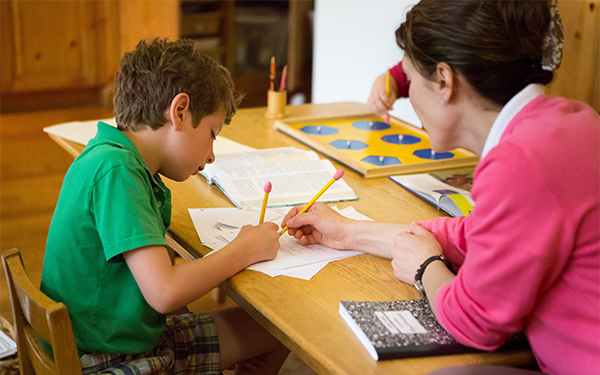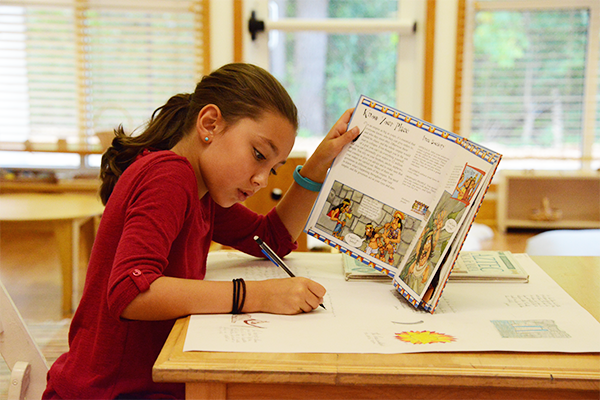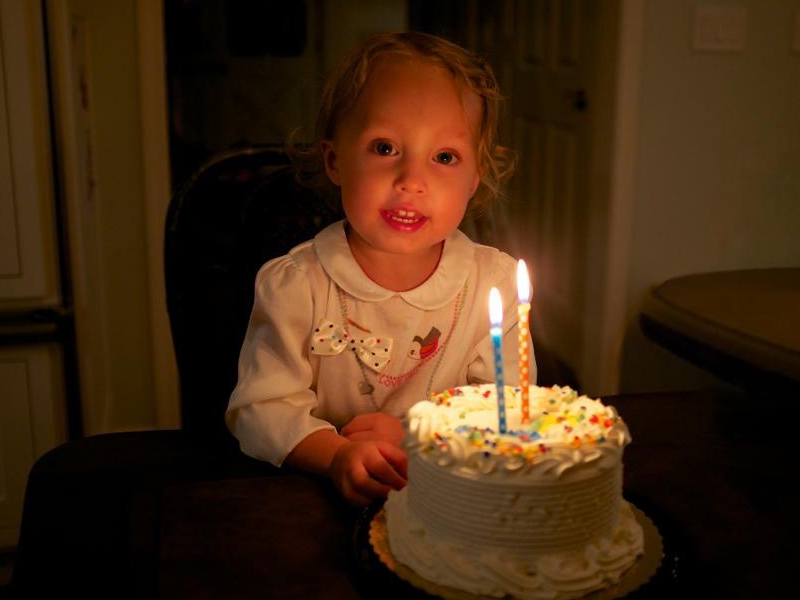
“All other factors…sink into insignificance beside the importance of feeding the hungry intelligence and opening vast fields of knowledge to eager exploration.”- Maria Montessori, To Educate the Human Potential
What happens when children use books to learn?
Two seven-year-olds in a Lower Elementary Montessori class say they want to write a research paper about elephants. Great! Go ahead! They discuss with their teacher what to do first: Find information about elephants. Where? In books.
As you read how this process plays out, I think you’ll see why Forest Bluff School—as a true Montessori school—continues to deliver an education that doesn’t necessarily follow the latest trends. In essence, you’ll understand, “Why not just Google it?”
The two young girls begin their search on foot. There are some books around the school building, so they visit neighboring classrooms and various closets of books to look for sources that might discuss elephants. They are on a quest! They have to think about what to look for, which categories, nonfiction versus storybooks…all this takes some thinking, some discerning. They are only seven years old, but they can already tell that a book about mammals might have information on elephants. They find a book about Africa. This seems promising, too. They collect the six relevant books they find and bring them back to their classroom. Then they sit with their pile and start looking through them and reading.
They find a page about elephants and rush off to get lined paper. They start writing facts down in their own words:
Elephants are 13 feet tall. Isn’t that amazing?
Elephants only eat plants. But they can eat wood!
They can weigh 15,000 pounds! Isn’t that amazing?
Elephant brains are bigger than human brains, but they are much smaller compared to their bodies than for humans. That is so interesting!
Elephants are the biggest animals on the earth, next to whales! Isn’t that amazing?
The teacher tries to keep the grin off her face when they show her their first sentences. This personalization of the research is so like these two girls, but she knows they will depart from this style as they learn more about objective reporting. For this early paper, she’ll let them include their reactions.
When the girls have exhausted the books in the building, they are not satisfied. There is so much more they want to know about elephants! Why do some have bigger tusks than others? How do people ride them? How old do they live to be? How many babies can they have? And on and on. To find answers, they could go to the local public library with their parents after school, or their teacher may fetch some books for them herself the next day, to keep their research going. If they were eight years old or older, they would walk to the town’s local library during the day and return with a pile (as is customary in this school). Students ages eight and older learn to use the library’s Dewey decimal system to find books on their topic, and search the aisles by numbers and letters to find the section with their topic. This requires an exercise in alphabetizing, too.
When they start using the library independently, Forest Bluff students get an idea of how information is logically organized through a physical experience: for example, elephants are in the animal section, and this would take these girls near books about other animals. The students would look through the books that focus on elephants to decide which ones will be helpful. Some will prove too cursory for their next layer of research, with just a few sentences on each page. One book may look hard to read, with very few pictures, but they might decide to check it out for the details they’re looking for, and then add it to their growing pile. They’ll plan this walk to the library by estimating the time it takes to walk there and back, and how long they’ll allow themselves to find books and check them out. They’ll need to sign out of the classroom with their teacher, sign in to the library with the librarians, out of the library, and then back into their school.
Can you see all the things that are happening here? How might this scene unfold differently if the girls simply Googled elephants on a computer?
If they had instead searched through a computer, someone—or something—else would have done all this thinking for them:
● Which information to interact with.
● Which answers are the right ones for the questions they have.
● What reading level to present to them (not knowing their abilities, or their capacity to grow in these abilities through their motivation to comprehend the information).
● Where the information fits in the wider context of the world, and how to categorize the information.
Also consider all the physical movement involved in gathering information: walking through their school building, climbing up on a step stool to reach books in the closet, lifting and sliding books back into place in order to leave the closet organized for others, asking teachers in other rooms of they may borrow a book, eventually navigating the local public library, carrying the heavy books back from the library…How about the time this gives them to think while they do all this? To discuss what they want to find? To navigate, to search, to make decisions? To check their watches to make sure they’re back to the school building on time? To discover by experience roughly how long it takes to walk that distance between the library and the school?
So, so many things happen that just don’t happen when you Google information!

Is the Information Accurate? How Will They Know?
Googling may be faster, but online searches skip all the foundational building of a researcher. A student growing up without this foundation is missing out on doing things for themselves, on so many levels. When students use computers instead of walking through these physical and mental steps, too much is being done for them.
It’s true: those books about elephants may have been a little outdated if they weren’t published in the last few years. Depending on the topic of study, some information changes monthly in our world today, as new results are found. But the process of learning how to research is the foundational step upon which all further success depends, and, therefore, it comes first. If a set of encyclopedias is several years old, it still serves its purpose for young children because it presents a reliable, accessible source of collected information that is categorized and logical, and almost every topic you can think of can be located. This is so exciting for curious young minds! A physical encyclopedia is just the right structure and speed to match their capacities and feed their inquisitive nature.
Over time, students develop their ability to discern between accurate information and outdated information by experiences with solid sources, alongside their teachers and peers. At the completion of their six years in elementary and two additional years in the Secondary Level, they emerge as experienced, critical thinkers.
When children begin searching online before they are ready, sources of information can appear too similar for a child to recognize value differences. By contrast, with physical books and periodicals, children can pick up simple clues: the cartoonish pictures versus real photographs of elephants, the year the book was published, the references in the back, the mention of real scientists in the field studying elephants versus a story about an elephant with a name looking for his mommy. When our children see these things, they have the stepping stones to noticing more subtle differences in online searches when they are more experienced in adolescence.
Will They Understand the Internet?
As a side note, you may wonder if your children will be comfortable with the online world if they don’t experience it in grade school. Paula has a great example of watching a very “hands-on” learner—her own son—grow up at Forest Bluff without any technology until high school. The result? Her son became fascinated with computers in college and became a coder, a profession he loves. Like most Forest Bluff graduates, this young man goes on a search every time he wonders about something, which is several times a day. With his inquisitive mind that was nurtured and encouraged in Montessori, he finds “Great Courses” audio recordings on a variety of subjects, watches YouTube videos of various experts talking about their fields, and reads tons and tons of books. His interests range from the history of obscure countries to neuroscience to astrophysics to international politics…almost anything! But Paula’s son is not unusual amongst Montessori graduates. When children hear, “You want to research elephants? Great! Go for it!” from the time they were six and seven at school, their curiosity and excitement about learning just grows and grows. Why not?
And by the way, when Paula asks her 22-year-old son at the dinner table, “How do you know all this incredible information?!” He sometimes answers, “Mom, I just Googled it.”
Part II coming in November!


